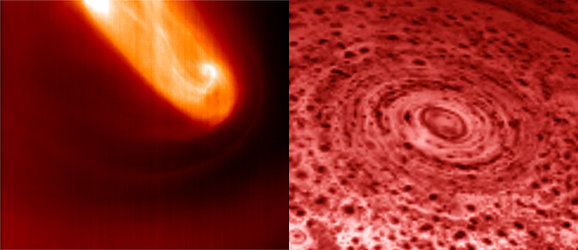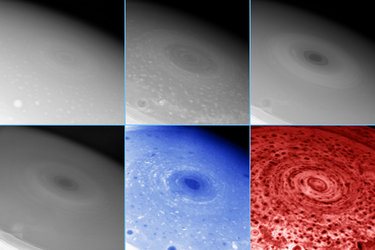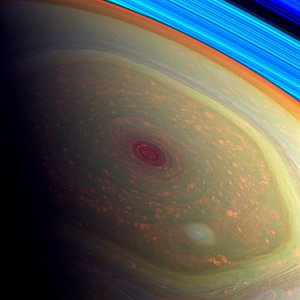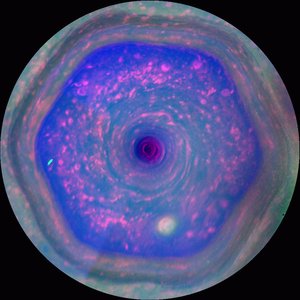Accept all cookies Accept only essential cookies See our Cookie Notice

About ESA
The European Space Agency (ESA) is Europe’s gateway to space. Its mission is to shape the development of Europe’s space capability and ensure that investment in space continues to deliver benefits to the citizens of Europe and the world.
Highlights
ESA - United space in Europe
This is ESA ESA facts Member States & Cooperating States Funding Director General Top management For Member State Delegations European vision European Space Policy ESA & EU Space Councils Responsibility & Sustainability Annual Report Calendar of meetings Corporate newsEstablishments & sites
ESA Headquarters ESA ESTEC ESA ESOC ESA ESRIN ESA EAC ESA ESAC Europe's Spaceport ESA ESEC ESA ECSAT Brussels Office Washington OfficeWorking with ESA
Business with ESA ESA Commercialisation Gateway Law at ESA Careers Cyber resilience at ESA IT at ESA Newsroom Partnerships Merchandising Licence Education Open Space Innovation Platform Integrity and Reporting Administrative Tribunal Health and SafetyMore about ESA
History ESA Historical Archives Exhibitions Publications Art & Culture ESA Merchandise Kids Diversity ESA Brand Centre ESA ChampionsLatest
Space in Member States
Find out more about space activities in our 23 Member States, and understand how ESA works together with their national agencies, institutions and organisations.
Science & Exploration
Exploring our Solar System and unlocking the secrets of the Universe
Go to topicAstronauts
Missions
Juice Euclid Webb Solar Orbiter BepiColombo Gaia ExoMars Cheops Exoplanet missions More missionsActivities
International Space Station Orion service module Gateway Concordia Caves & Pangaea BenefitsLatest
Space Safety
Protecting life and infrastructure on Earth and in orbit
Go to topicAsteroids
Asteroids and Planetary Defence Asteroid danger explained Flyeye telescope: asteroid detection Hera mission: asteroid deflection Near-Earth Object Coordination CentreSpace junk
About space debris Space debris by the numbers Space Environment Report In space refuelling, refurbishing and removingSafety from space
Clean Space ecodesign Zero Debris Technologies Space for Earth Supporting Sustainable DevelopmentLatest
Applications
Using space to benefit citizens and meet future challenges on Earth
Go to topicObserving the Earth
Observing the Earth Future EO Copernicus Meteorology Space for our climate Satellite missionsCommercialisation
ESA Commercialisation Gateway Open Space Innovation Platform Business Incubation ESA Space SolutionsLatest
Enabling & Support
Making space accessible and developing the technologies for the future
Go to topicBuilding missions
Space Engineering and Technology Test centre Laboratories Concurrent Design Facility Preparing for the future Shaping the Future Discovery and Preparation Advanced Concepts TeamSpace transportation
Space Transportation Ariane Vega Space Rider Future space transportation Boost! Europe's Spaceport Launches from Europe's Spaceport from 2012Latest

The eye of Saturn’s storm
Thank you for liking
You have already liked this page, you can only like it once!
Sitting at Saturn’s south pole is a vortex of monstrous proportions. The dark ‘eye’ of this feature is some 8000 km across, or about two thirds the diameter of Earth.
This image is 10 times more detailed than any previous picture of the polar vortex and shows a level of detail inside the eye that was not previously observable. Earlier images showed towering clouds around the edge of this vortex, but inside the air was thought to be mostly transparent. Here, however, a multitude of features is revealed.
Clouds are produced by convection – warm, rising gases in the atmosphere of Saturn. As they reach higher, and therefore colder, layers of the atmosphere, the gases condense and appear as clouds. At the 10 o’clock position, a stream of upwelling gas has created its own smaller vortex inside the larger one.
This view is an adjusted composite of two frames taken by the Cassini spacecraft on 14 July 2008. Cassini actually captured the scene from an oblique angle, some 56º below the plane of Saturn’s rings – a far cry from the view directly over the south pole. The orbiter was about 392 000 km from the planet at the time, yet Cassini’s camera still provided a resolution of 2 km per pixel.
Towering eye-walls of cloud are a distinguishing feature of hurricanes on Earth. Like earthly hurricanes, the eye of this storm is composed of warmer gas than the surroundings. However, whereas hurricanes are powered by warm water and move across the surface of our planet, this vortex has no liquid ocean at its base and remains fixed to Saturn’s south pole.
Round, swirling vortices are part of the general circulation in the atmospheres of all four giant, outer planets, and Cassini has spied many mobile ones rolling through Saturn’s clouds at other latitudes. While vortices are often informally referred to as storms, scientists generally reserve that term for bright, short-lived bursts of convection that punch though the clouds, often accompanied by lightning.
In addition to being a thing of beauty, the vortex provides astronomers with a way to look deep into the planet’s atmosphere.
-
CREDIT
NASA/JPL/Space Science Institute -
LICENCE
ESA Standard Licence

Polar vortices at Venus and Saturn compared

Hurricane-like storm swirling at Saturn’s South pole

Colour-coded view of hurricane

Saturn’s great storm of 2011















 Germany
Germany
 Austria
Austria
 Belgium
Belgium
 Denmark
Denmark
 Spain
Spain
 Estonia
Estonia
 Finland
Finland
 France
France
 Greece
Greece
 Hungary
Hungary
 Ireland
Ireland
 Italy
Italy
 Luxembourg
Luxembourg
 Norway
Norway
 The Netherlands
The Netherlands
 Poland
Poland
 Portugal
Portugal
 Czechia
Czechia
 Romania
Romania
 United Kingdom
United Kingdom
 Slovenia
Slovenia
 Sweden
Sweden
 Switzerland
Switzerland

























